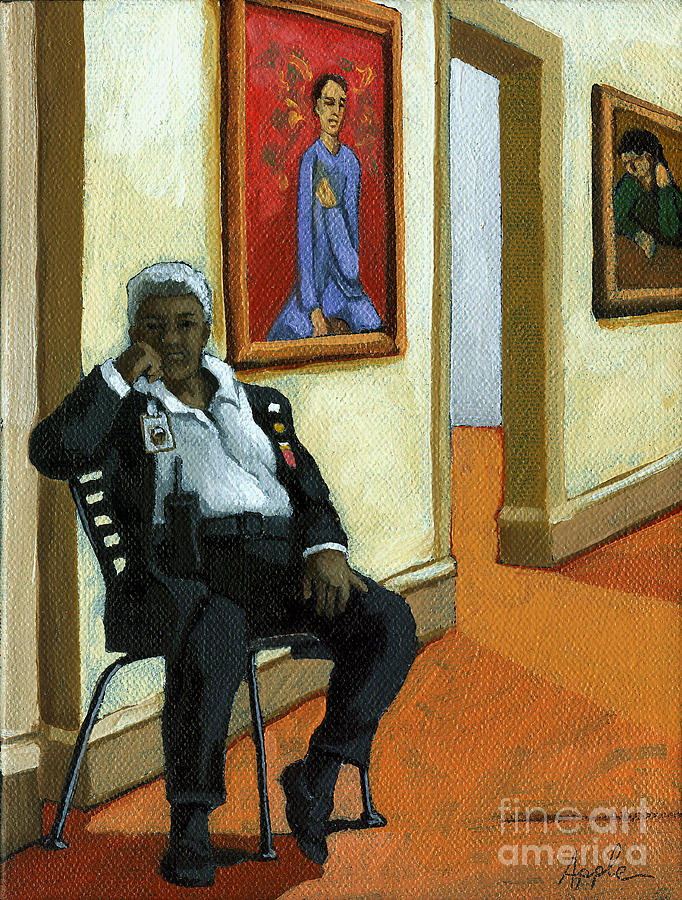Exploring the Depths of Feeling with Figurative Oil Painting Methods
Exploring the Depths of Feeling with Figurative Oil Painting Methods
Blog Article
The Function of Emotion and Expression in Figurative Oil Painting: A Thorough Analysis of Subject Matter and Composition
The interaction of feeling and expression in metaphorical oil painting offers as a crucial lens via which one can check out the complex relationship in between subject matter and make-up. Artists harness different methods, from color selection to brushstroke characteristics, to grow emotional resonance within their jobs.
Recognizing Feeling in Art
Feeling in art works as an effective avenue for expression, enabling artists to share complex feelings with their job. In figurative oil paint, this emotional deepness is usually portrayed through the depiction of the human number, catching the subtleties of human experience. The choice of subject, color palette, and brushwork all add to the emotional resonance of a piece.
Artists often bring into play individual experiences, social concerns, or universal styles to stimulate sensations in the viewer. A picture might reflect vulnerability, while a dynamic figure in movement can signify flexibility or turmoil. These psychological threads attach the customer to the artwork, cultivating a discussion that transcends the aesthetic tool.
Moreover, the interplay between light and darkness can magnify emotional strength, guiding the visitor's gaze and accentuating particular aspects within the make-up. Using appearance in oil paint even more includes layers of intricacy, inviting a tactile action that enhances the emotional experience. On the whole, comprehending feeling in art is important for appreciating the subtleties that identify metaphorical oil painting, as it changes mere representation into an extensive expedition of the human problem.
Crucial Element of Make-up
In the realm of figurative oil paint, the composition functions as the underlying structure that arranges aesthetic components and improves the emotional narrative. Necessary components of structure consist of balance, comparison, prime focus, and rhythm, each contributing to the overall influence of the art work.
Balance describes the distribution of visual weight within the painting, which can be achieved with balanced or asymmetrical setups. A healthy structure supplies stability, permitting the visitor to engage with the item sympathetically - figurative oil painting. Contrast, on the other hand, involves comparing different elements, such as dark and light or cozy and great colors, to lead the viewer's eye and evoke psychological actions
The focal factor is important, as it guides interest to the most significant component of the paint, commonly highlighting the emotional core of the narrative. By skillfully integrating these crucial elements, musicians can craft compelling and mentally powerful metaphorical oil paints that astound and involve their target market.
Topic and Its Impact
Subject matter plays a crucial duty in figurative oil painting, as it not just works as the foundation for the story yet also shapes the visitor's interpretation and emotional interaction with the artwork. The option of topic-- be it a solitary number, a team dynamic, or a thematic depiction-- straight influences the emotional environment shared to the audience.

For instance, portraits frequently evoke individual links, exposing the complexities of human expression and character, while scenes showing common tasks can produce a sense of belonging or nostalgia. The social and historical context of the subject matter enriches the viewer's understanding, motivating deeper reflections on social standards, worths, and the human condition.
Different subject issues also create differing levels of engagement; a significant dispute illustrated with numbers in stress might evoke feelings of anxiety or compassion, while calm landscapes can conjure up tranquility and consideration. Ultimately, the impact of subject in figurative oil painting is extensive, as it acts as an avenue for psychological vibration, assisting the customer's feedback and interpretation, and promoting click this link a link between the onlooker and the artwork. This interplay is crucial for the effective check over here communication of the artist's intent.
Methods for Evoking Sensations
The effectiveness of metaphorical oil painting in conveying emotions is dramatically affected by the techniques used by the artist. Among the most crucial techniques is using color theory, where the critical selection of hues can evoke certain psychological reactions. Cozy colors, such as oranges and reds, usually elicit feelings of enthusiasm or aggressiveness, while cooler tones like blues and eco-friendlies often tend to stimulate peace or despair.
Another essential technique is the adjustment of light and darkness, called chiaroscuro. This method boosts the three-dimensionality of numbers, creating significant contrasts that can magnify emotional depth. The placement of light can assist customers' emotions, highlighting particular aspects of the make-up.
Brushwork additionally plays a vital duty; loose, meaningful strokes can convey power and spontaneity, whereas smoother methods may recommend serenity or precision. The arrangement of topics within the make-up can influence psychological impact. Close closeness can recommend affection, while distance may show isolation.
Eventually, the mix of these techniques allows musicians to craft narratives that reverberate with the viewer, transforming a plain visual experience into an evocative emotional trip. - figurative oil painting

Instance Studies of Notable Functions
Analyzing notable jobs of figurative oil paint reveals how different strategies are used to evoke powerful feelings. One excellent instance is Edvard Munch's "The Scream," where the altered figure and swirling background share existential dread. Munch's use of color-- vivid oranges and deep blues-- heightens the psychological impact, showcasing just how palette choices can form visitor experience.
Another considerable work is Pablo Picasso's "Les Demoiselles d'Avignon." Here, fragmented forms and bold brushstrokes reflect a tumultuous psychological landscape, testing typical depictions of the female figure. Picasso's ingenious composition not only captures the customer's attention however additionally welcomes consideration on styles site of identity and sexuality.
In Addition, Frida Kahlo's "The 2 Fridas" offers a touching exploration of duality and self-identity. The different figures, linked by a common heart, exemplify Kahlo's emotional deepness and individual story. figurative oil painting. Her thorough interest to information and symbolic elements offer to engage viewers on a visceral level
These case studies emphasize the profound connection between emotion and composition in metaphorical oil paint, disclosing exactly how artists harness technique to communicate intricate feelings and narratives that reverberate across time and society.

Verdict
To conclude, the interplay of emotion and expression in figurative oil paint considerably enhances the audience's experience and analysis of the art work. Through a careful choice of subject matter and compositional techniques, musicians communicate profound stories that reverberate on both universal and individual levels. The application of shade chiaroscuro, brushwork, and theory additional magnifies psychological depth, changing each canvas into a powerful representation of the intricacies of the human experience.
In metaphorical oil painting, this emotional depth is frequently portrayed through the representation of the human number, capturing the subtleties of human experience.In addition, the interaction in between light and shadow can intensify psychological intensity, directing the viewer's look and drawing interest to certain aspects within the make-up. The usage of structure in oil painting even more includes layers of complexity, inviting a tactile reaction that improves the psychological experience.The focal point is critical, as it routes focus to the most substantial part of the paint, frequently highlighting the psychological core of the narrative. Inevitably, the effect of subject issue in figurative oil painting is extensive, as it serves as an avenue for emotional resonance, assisting the customer's action and analysis, and fostering a connection between the observer and the artwork.
Report this page